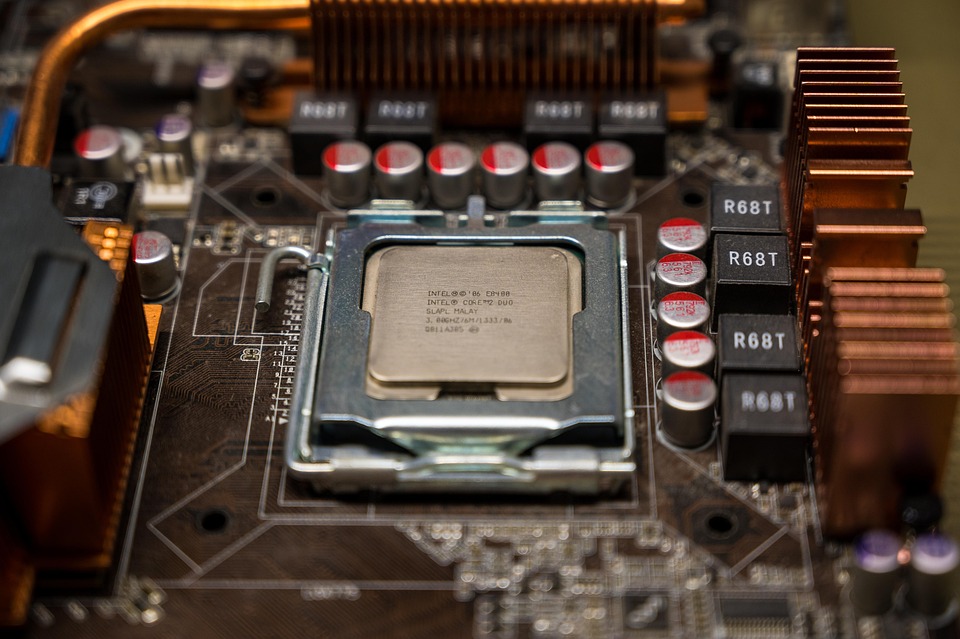In the digital age, multitasking has become a common necessity. Whether you’re juggling multiple applications for work, gaming while streaming, or processing data while browsing, the central processing unit (CPU) plays a crucial role in ensuring smooth operation. At the heart of the CPU’s performance lies the concept of cores. Understanding CPU cores can help you make informed choices when upgrading your system or when buying a new computer.
What are CPU Cores?
A CPU core is essentially a processing unit that can execute tasks. Modern CPUs typically contain multiple cores, which allow them to perform numerous tasks simultaneously. For example, a quad-core processor is capable of executing four instructions at once, as opposed to a single-core processor, which can only handle one instruction at a time.
The Evolution of CPU Architecture
Historically, CPUs contained only a single core. As software became more sophisticated, the demand for simultaneous processing increased. To keep pace, manufacturers began to produce multi-core processors. The shift towards multi-core architecture marked a significant advancement in computing, paving the way for more efficient multitasking.
Types of CPU Cores
-
Single-Core: Best suited for simple tasks. Limited in multitasking capabilities, a single-core processor can struggle with demanding applications.
-
Dual-Core: An improvement over single-core, dual-core CPUs can handle two processes at the same time. Ideal for general usage, which includes web browsing, word processing, and basic gaming.
-
Quad-Core: With four cores, these processors offer a robust solution for multitasking. They can manage applications that demand more processing power, making them suitable for moderate gaming, video editing, and multitasking with demanding applications.
- Hexa-Core and Octa-Core: These advanced processors come with six and eight cores, respectively. They excel in resource-intensive tasks such as 3D rendering, advanced gaming, and running virtual machines. For professionals or enthusiasts, these cores provide the necessary power for seamless multitasking.
Hyper-Threading and Multi-Threading
Many modern CPUs are equipped with hyper-threading technology, which allows each core to handle two threads simultaneously. This improves the CPU’s efficiency and overall performance, making it easier to multitask. For example, an Intel i7 processor with four physical cores can handle up to eight threads simultaneously, further enhancing its multitasking capabilities.
What You Need for Effective Multitasking
-
Determine Your Usage: Assess your computing needs. Are you a casual user who primarily browses the internet, or a professional involved in video editing and programming? Understanding your requirements will help dictate the type of CPU you need.
-
Core Count: For basic tasks, a dual-core CPU may suffice. However, for more intensive multitasking, consider a quad-core or higher. CPUs with hexa-core or octa-core architectures are ideal for professionals and gamers.
-
RAM Compatibility: While the CPU is crucial for multitasking, RAM (Random Access Memory) also plays a significant role. Ensure you have sufficient RAM—at least 8GB is recommended for most multitasking needs, with 16GB or more being ideal for heavier workloads.
-
Cooling Solutions: Multi-core processors generate more heat. A good cooling solution will help maintain optimal performance during intensive tasks and prevent overheating.
- Choosing the Right Applications: Some applications are designed to utilize multiple cores more effectively than others. Selecting software that can capitalize on multi-core capabilities will maximize your system’s performance.
Future Trends in CPU Design
As technology continues to evolve, we can expect further advancements in CPU design. Manufacturers are continuously pushing the boundaries of processing power, with core counts rising and efficiency improving. The emergence of heterogeneous computing, which combines different types of cores or even different processing units (like GPUs), may redefine multitasking capabilities in future systems.
Conclusion
Understanding CPU cores is fundamental to making informed decisions when it comes to multitasking. The right CPU core configuration can significantly impact your computing experience, making it smoother and more efficient. Whether you’re a casual user or a professional, knowing your needs and matching them with the appropriate CPU will ensure you get the most out of your multitasking capabilities. As technology progresses, staying informed will help you adapt and thrive in an increasingly demanding digital landscape.



